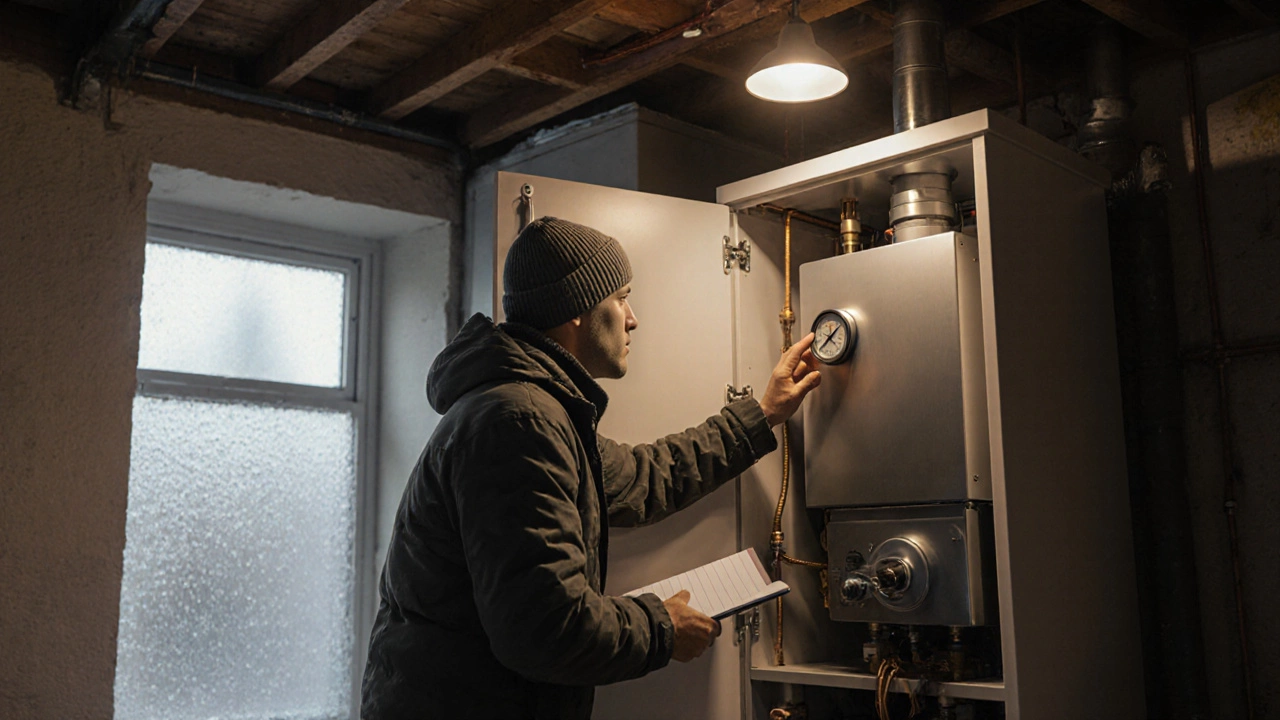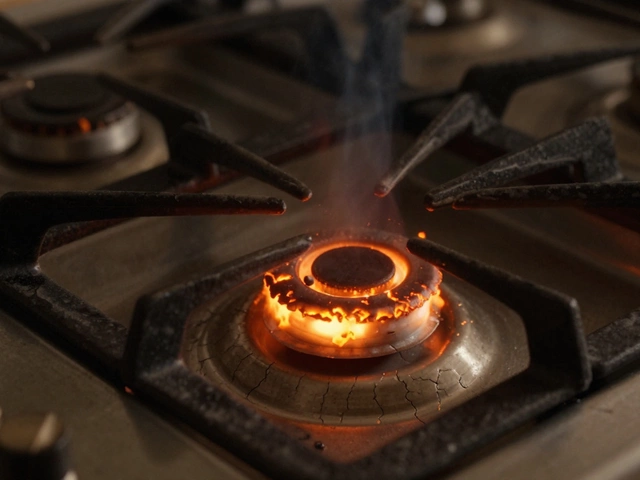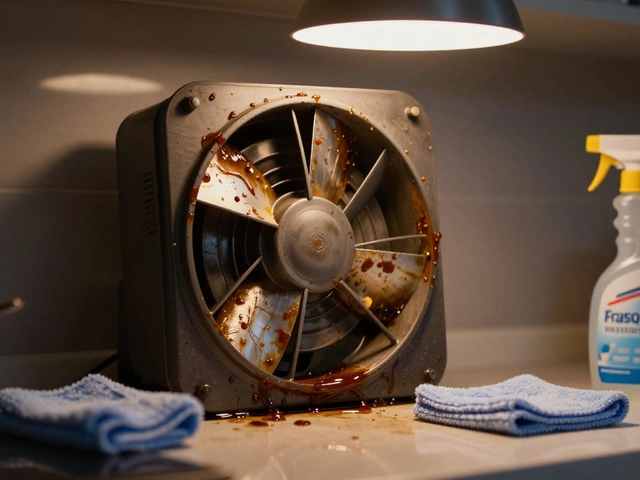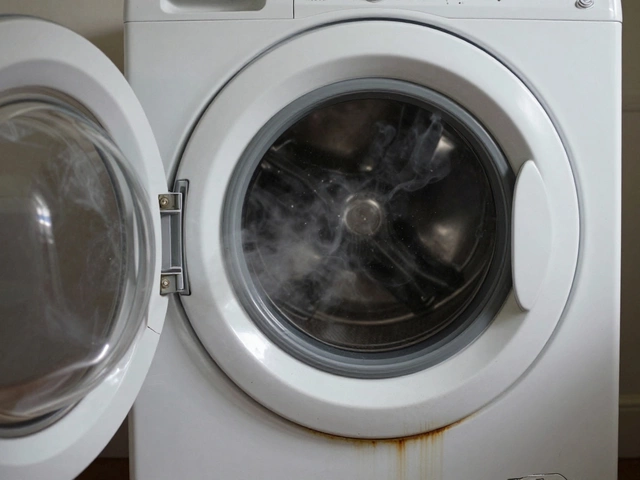Home Heating: Simple Tips to Keep Your House Warm and Save Money
When winter rolls in, the last thing you want is a cold house or a broken boiler. The good news is you don’t need to be an expert to keep your heating system running. Below are easy steps you can follow right now, plus a few DIY fixes that save time and cash.
Boiler Basics and When to Call a Pro
First, know what your boiler does. It heats water, sends it through radiators, and powers your hot tap. A healthy boiler should fire up within a minute and stay steady. If you hear loud bangs, notice a strange smell, or the pressure gauge drops below 1 bar, it’s time for a professional check.
Doing a quick visual check each month can warn you of problems early. Look for leaks around the pipework, corrosion on the pipe ends, and make sure the pressure gauge stays between 1 and 2 bar when the system is cold. If the gauge is low, you can often top it up using the filling loop – just follow the instructions on the valve, add water until the gauge hits 1.5 bar, then close the loop.
For routine care, schedule a boiler service at least once a year. A qualified engineer will clean the heat exchanger, test the safety valve, and check the gas pressure. This service not only keeps the boiler safe but also improves efficiency, which can shave 5‑10% off your heating bill.
Water Heater Hacks and Common Fixes
Even if you have a separate water heater, the same principle applies: keep it clean and check the settings. Most modern electric heaters have a thermostat set around 55‑60°C. Turn it down a few degrees if you’re comfortable with slightly cooler showers – you’ll cut energy use without a noticeable dip in comfort.
Hard water can cause limescale build‑up, which reduces heating efficiency. If you hear a ticking sound or see reduced hot water flow, it’s probably limescale. A simple fix is to run a vinegar‑water solution through the tank once a year. Drain the heater, fill it with equal parts white vinegar and water, let it sit for an hour, then flush it out.
Leaking tanks are another common issue. The most frequent leak points are the temperature‑pressure relief valve and the inlet/outlet connections. Tightening a loose nut can stop a drip, but a rusted valve usually needs replacement. Keep a spare valve on hand – they’re inexpensive and easy to swap.
Lastly, if your water heater isn’t heating at all, check the circuit breaker or fuse first. A tripped breaker is often the culprit and can be reset in seconds. If the breaker stays on but the heater is dead, the heating element may have burned out and should be replaced by a qualified plumber.
By staying on top of these simple checks, you can avoid emergency calls, lower your energy bills, and enjoy a warm home all season long. Remember: regular maintenance beats a crisis any day.
Boiler Maintenance Checklist: What Every Homeowner Needs to Know
- Alden Wilder
- Oct 9 2025
- 0 Comments
Learn the essential boiler maintenance tasks, schedules, and safety tips to keep your heating system efficient and trouble‑free all year round.
View MoreTroubleshooting Heat Pump Issues Without Cooling Effectively
- Alden Wilder
- Jan 17 2025
- 0 Comments
When a heat pump runs but fails to cool, it can be a source of frustration and discomfort, especially on warm days. Understanding common causes such as refrigerant leaks, thermostat issues, or blockage in airflow can help in diagnosing the problem. This guide explores potential reasons behind such issues, offers troubleshooting tips, and explains when it might be best to call in a professional. With a few checks and the right knowledge, homeowners can address some of these challenges themselves.
View More



